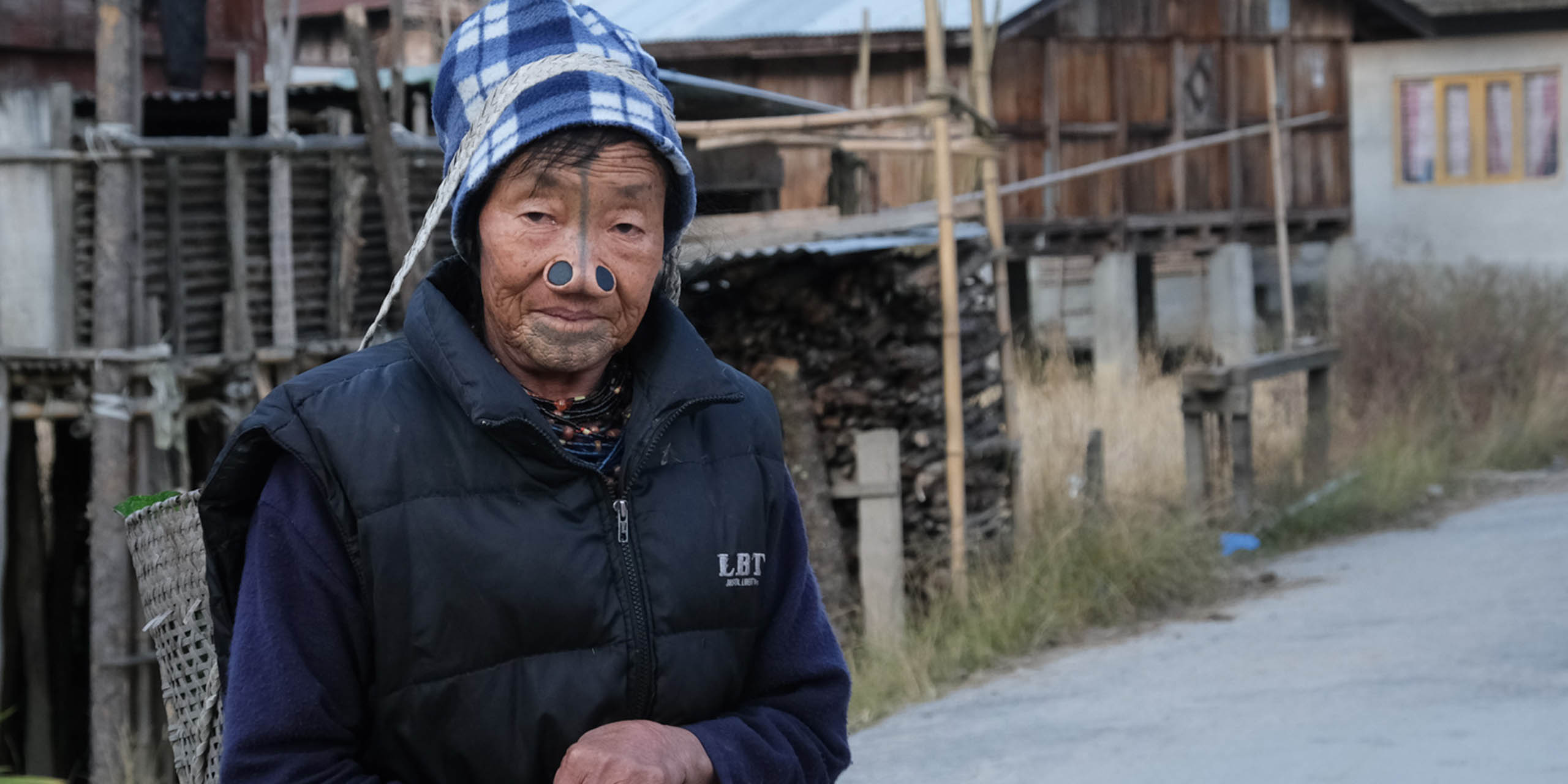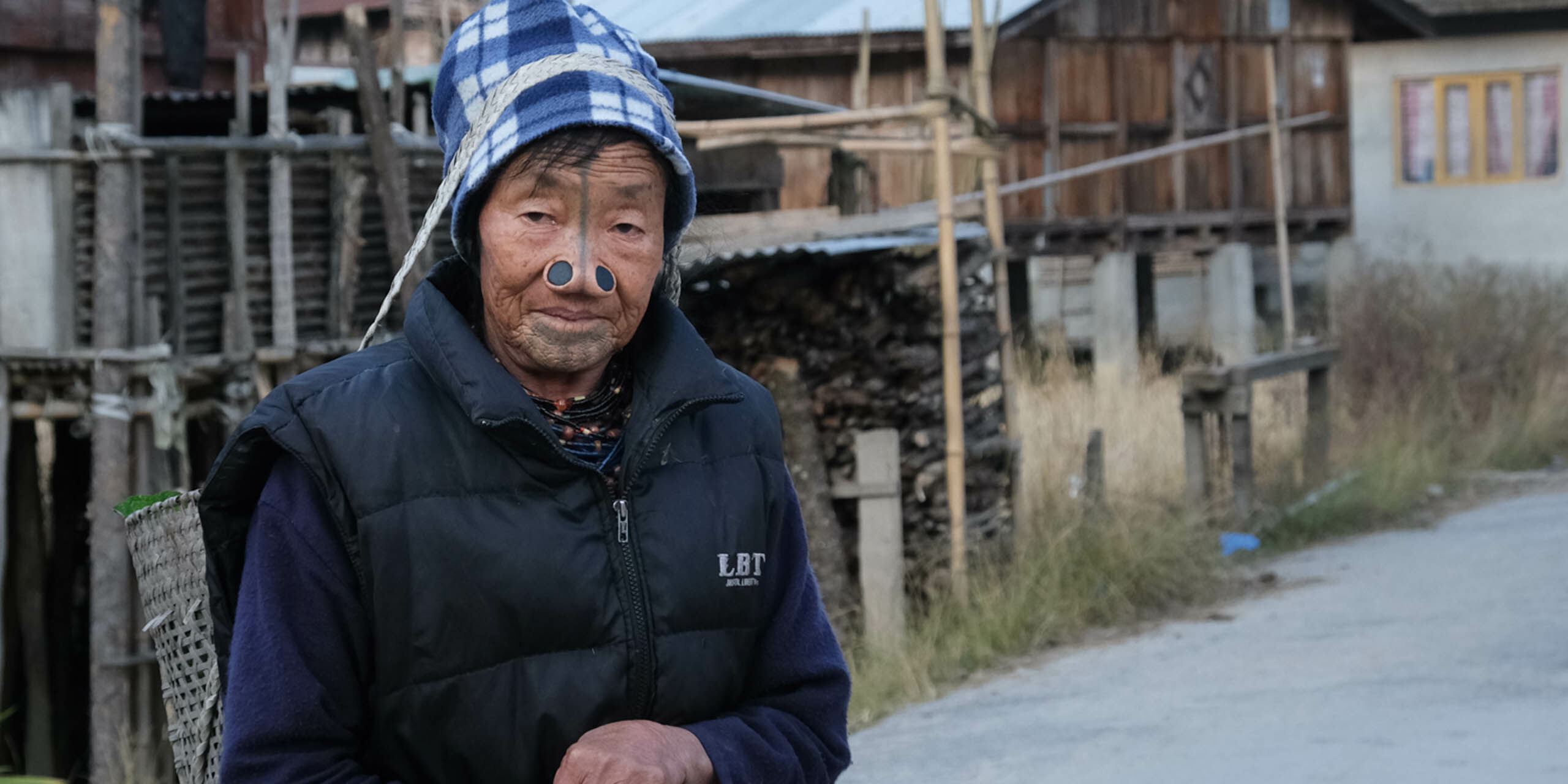
Monkey skulls cast away bad spirits at the heart of eight mountain villages inhabited by women with crude facial tattoos and nose plugs they got to look ugly. Frankly, the gist of a much more elaborate and resilient old belief system that defies modernity sounds like the elevator pitch for a bad horror flick. But one just has to brave the journey to the Ziro Valley to believe.
Reaching up to 2438 meters in height, it’s hemmed by sinuous pine-clad green mountains that tower above paddy fields, roughly at the center of the mysterious northeast Indian state of Arunachal Pradesh. Ziro is the ancestral land of the Apatani tribe, one of India, and the world’s, last remaining pagan societies. Differently from other nomadic neighboring tribes, the Apatani preferred to settle and farm rice from the hills by creating permanent wetland cultivation. But beyond the fact they didn’t want to stay nomadic, their main and biggest claim to fame is their women.
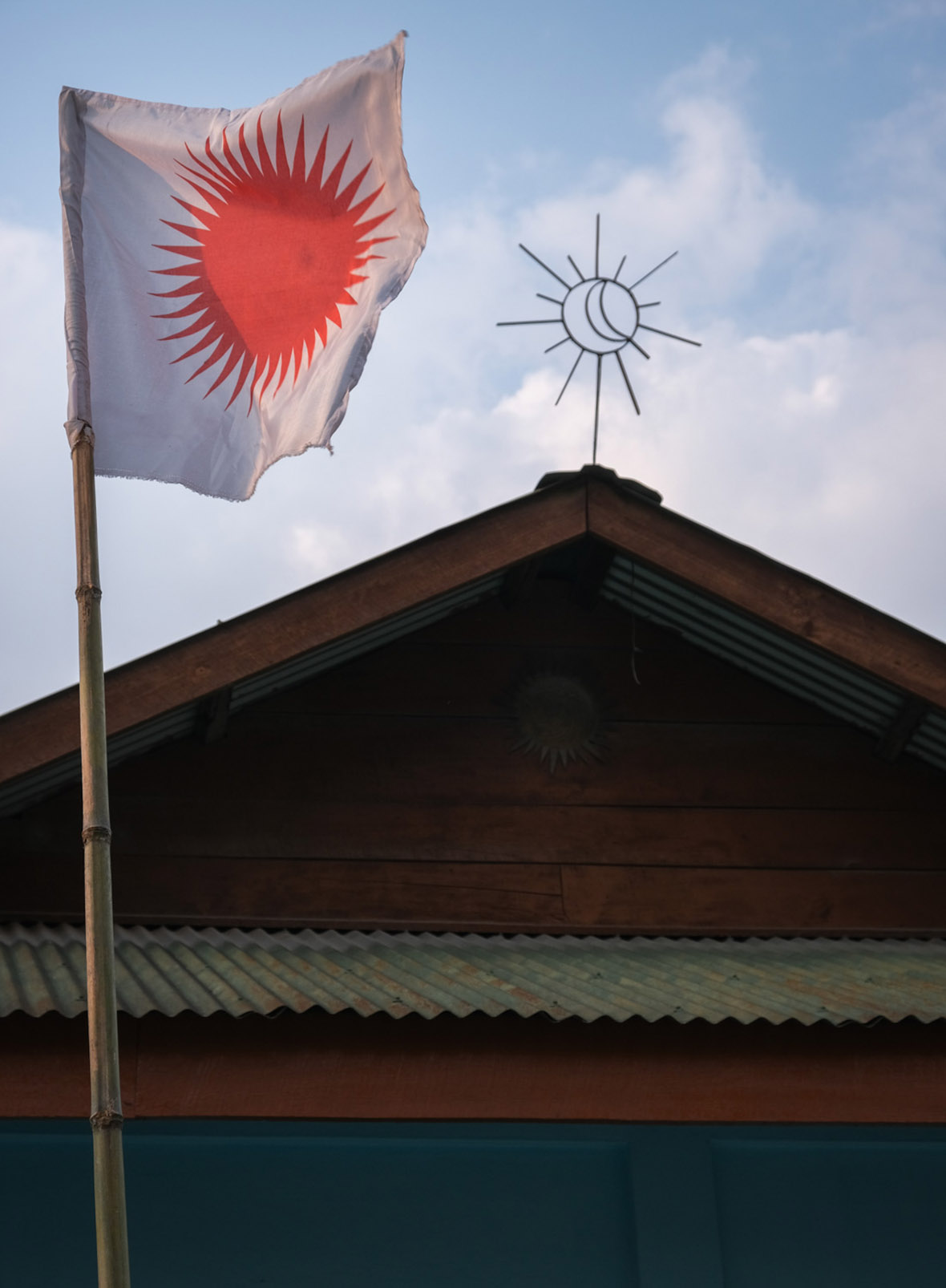
Apatani womanhood came with the burden of carrying facial modifications that set this tribe apart from any of the other 26 main groups in the mountainous frontier state. With vertical lines tattooed across their faces and chins, and large wooden nose plugs inserted in the sides of their nostrils, Apatani women look both outlandish and fierce, unique and fearless.
Called yaping hullo in the local lingo, the wooden plugs that Apatani women use to stretch their nostrils are sourced from the forest and sterilized in the fire before being used. The dark vertical lines that cross an Apatani woman’s face — a mix of pig’s fat and soot from a fireplace — are called tippei. Commonly, one tippei crosses a woman’s face from the center of the forehead down to the tip of her nose. Five others connect the lower lip to the chin.
The popular explanation behind this peculiar tradition has an interesting origin: back in pre-modern times, the Apatani women were considered the most beautiful in the surrounding valleys. And because men from surrounding tribes, especially the Mising, had started to kidnap them, Apatani men decided to “conceal” their women’s beauty using those crude facial tattoos and large nose rings. According to the old customs, it was the elder women who mastered the art of tattooing the younger girls as soon as they had reached ten years of age.
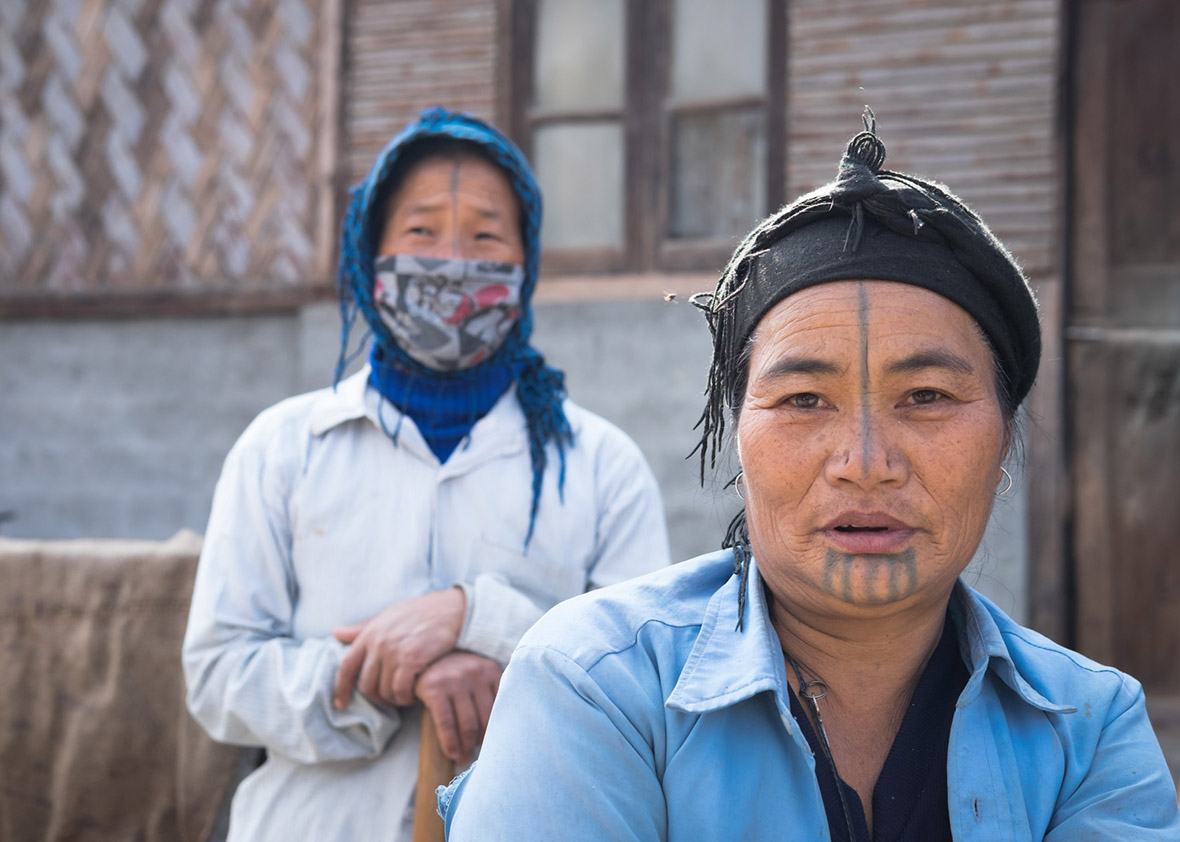
This “passing down of features” may sound like a barbaric and masochist practice. But to the Apatani, female facial tattoos and wooden nose plugs came to represent the main features of the tribe’s womanhood and identity.
It all changed with the progressive evangelization brought into the valley from South India in the early 1970s when tippei and yaping hullo started to die out. As tribal and savage as they looked, the marks were incompatible with the fast-approaching Christianity and modern canons of beauty. As a consequence, all the Apatani women who had left the valley to look for work in other cities would struggle to find employment. More sadly, the missionaries kept chastising the ancient tradition until it was banned outright.
For all these reasons, there’s only one last surviving generation of Ziro women (about twenty in total) who still carry those marks on their faces. They hide between the bursts of development that the increasing number of Apatanis who made their fortunes outside brought back to the valley in the early 2000s. Now there are more cars, new concrete homes that substitute the traditional bamboo dwellings, and sundry shops stocked with mainstream Indian products.
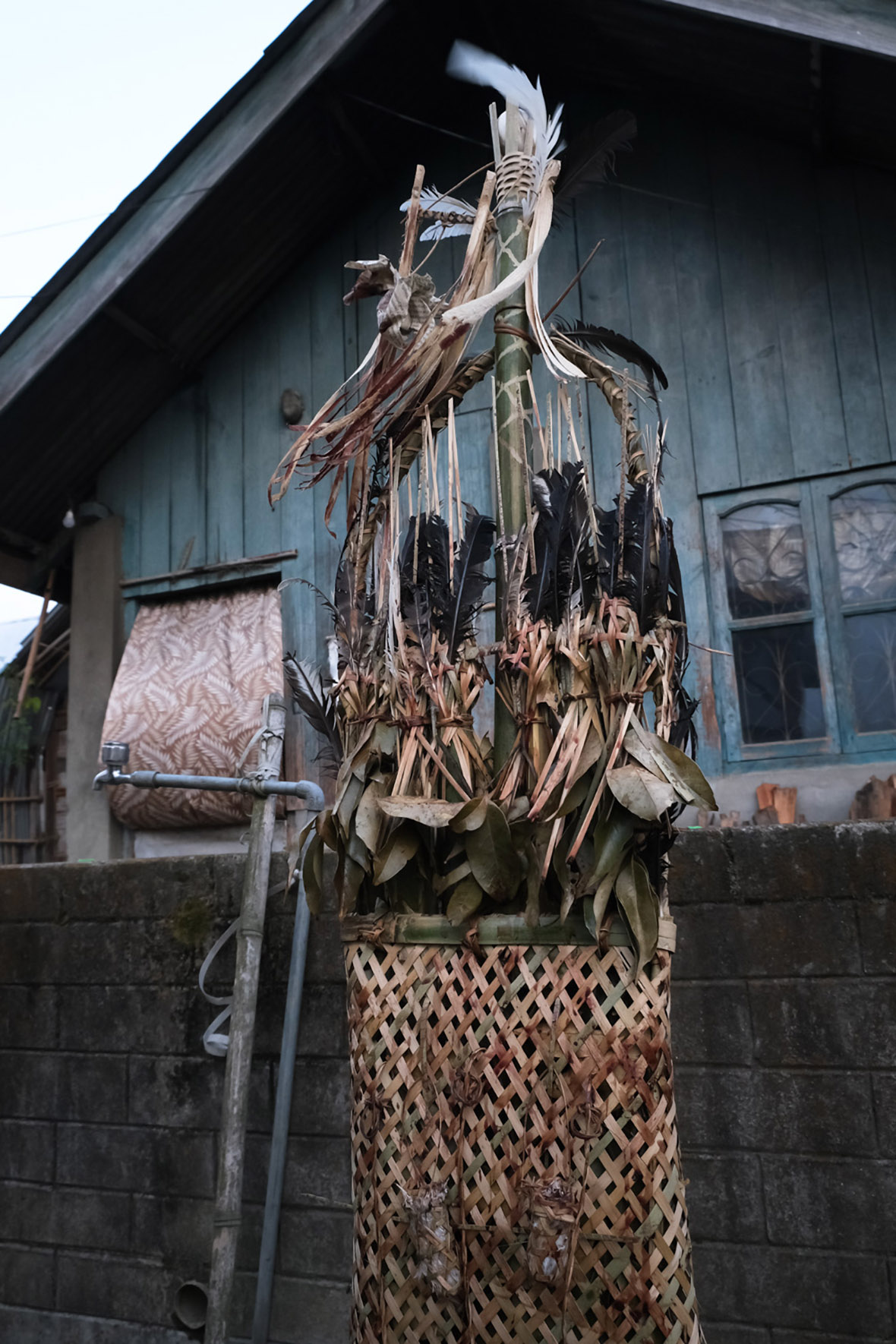
And obviously, there are more tourists, who brave the bumpy three hours jeep ride to the valley from the state capital Itanagar attracted by the popular Ziro Music Festival in the summer, and the chance of snapping pictures with the last remaining tribal elders — a whim that poses a whole other set of ethical issues, endangering this waning culture even more than it already is.
But unlike yaping hullo and tippei, Apatani culture is something that won’t easily go away from the valley. Walking around the village of Hari — which, together with Biirii, Mudang Tage, Bulla, Hija, Dutta, Bamin Michi, and Hong, is one of the Ziro Valley’s eight Apatani settlements — one doesn’t need to look hard to encounter the traces of Donyi Polo, the tribe’s animistic and shamanic ancestral religion.
Meaning “Sun Moon”, Doniy Polo’s white flags emblazoned with a red sun flutter from the top of most buildings in Hari. The religion grew stronger in the 1970s when tribes came together to uphold their identity against the arrival of missionaries. And the inevitable push to embrace Hinduism from the rest of the Indian Subcontinent.
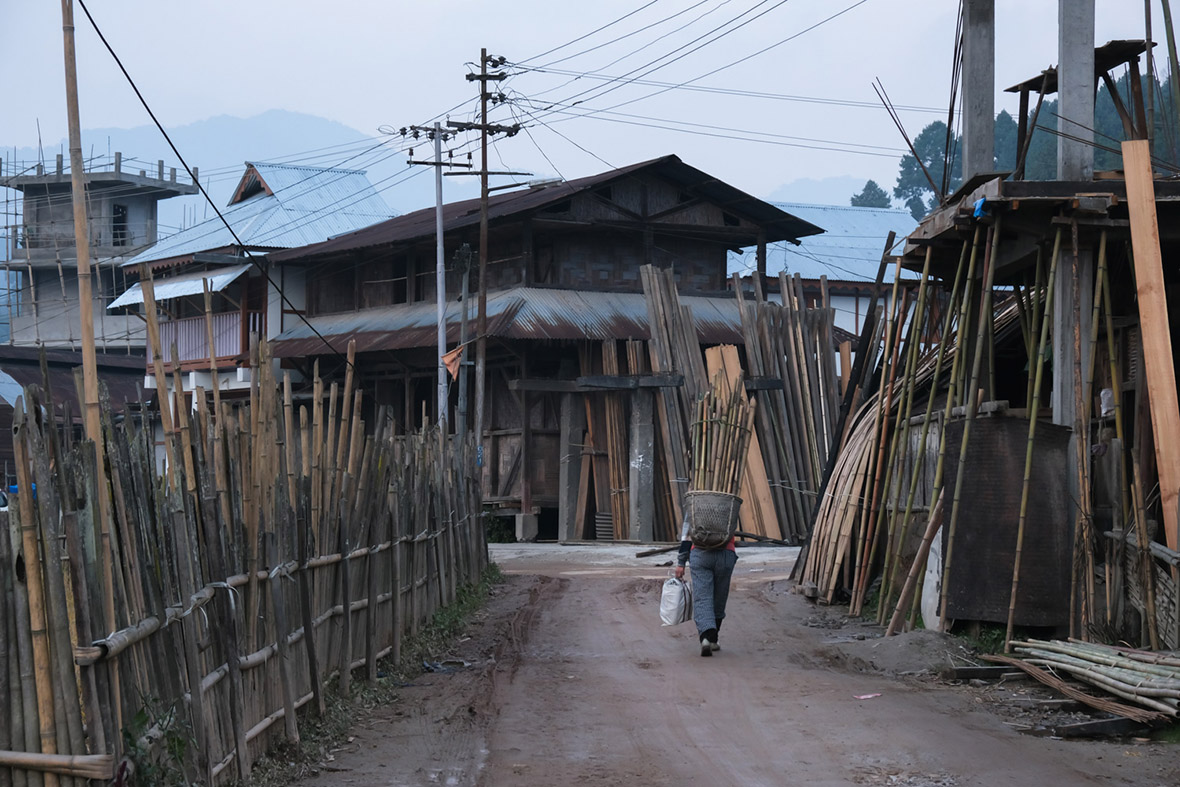
As we walk around Hari with our local guide Jengko — the only way to make sense of the many nuances of the Apatani’s rich folklore and religion — we pass in front of several homes where crude bamboo and straw altars soar right in front of their gates. According to Donyi Polo’s peculiar beliefs, the local priests can predict whether a household will have supernatural problems by boiling an egg, breaking it, and reading into the yolk. If the egg announces bad omens, the family must build a specific type of altar to both seek protection from their tamu agayang (a traditional home deity) and warn other villagers to keep away and avoid “spreading the bad mojo”. If the Donyi Polo priest suggests so, house owners may also have to “quarantine” indoors without accepting guests, because they can pass on the curse by chatting.
“Apatani clans have strong kinships and must take care of each other,” tells us Jengko. He explains that to get rid of the bad luck, one family in a clan must sacrifice up to ten Mithun (a wild ox-like beast regarded as semi-magical throughout India’s seven northeast states), which must be bought or domesticated by the “cursed” family. This happens during one of their three main celebrations aligned with rice harvesting seasons — Murung in January, Myoko in March, and Dree in July.
Jengko explains this fascinating folklore as we surround one of the altars. As he points at a single file of dark bird feathers attached to the top of eggs, we catch a glimpse of a gaunt figure coming down the road. To our surprise, it’s an old Apatani woman returning from the fields: she walks towards us carrying the weight of a basket filled with branches and leaves on her back. The closer she gets, the more we see her face, and we sulk upon seeing her yaping hullo and tippei for our first time.
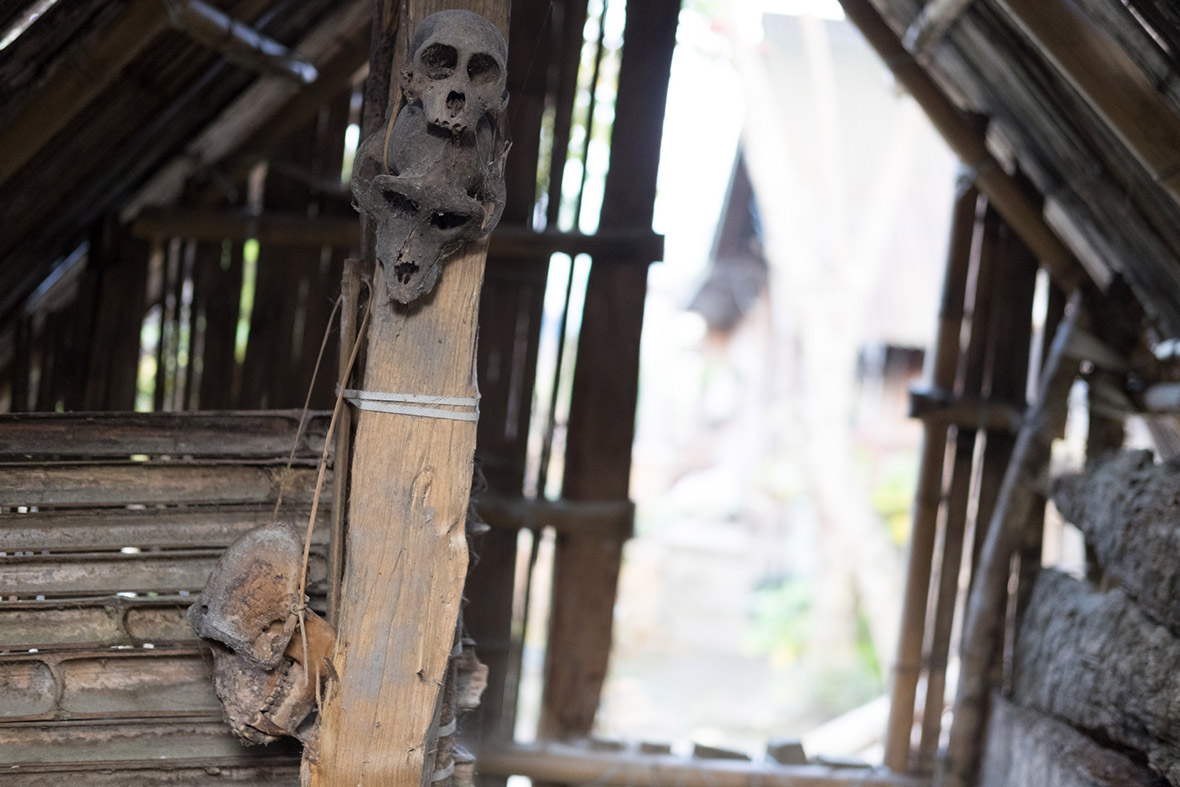
It’s a timid encounter where it’s hard to discern who’s most awkward — if us, wanting to find the proper way to ask for a picture; or her, patient about the uniqueness of her features. We then continue towards the center of the village, where a bamboo and thatch hut rises from the midst of a little square. “This is a nago,” says Jengko as we look inside the doorstep, and see several monkey skulls hanging from the supporting pillar rising at the center of the structure.
“In October, it’s a tradition that the locals secretly kill a monkey because they need its skull to perform rituals for the upcoming Myoko festival in March,” says Jengko as we all step under the eyeless orbits of those once-were-primates. The monkey is cooked by the priest and shared among the village elders. Jengko also says that by reading its skull, the priest can even decide to call off the whole Myoko festival if he senses bad omens.
The Myoko, a festival of food and friendship, celebrates the Apatani’s ancient tradition of seeking friends in nearby villages. Because their homes were made of bamboo and sometimes burned down, having friends able to shelter them was of paramount importance.
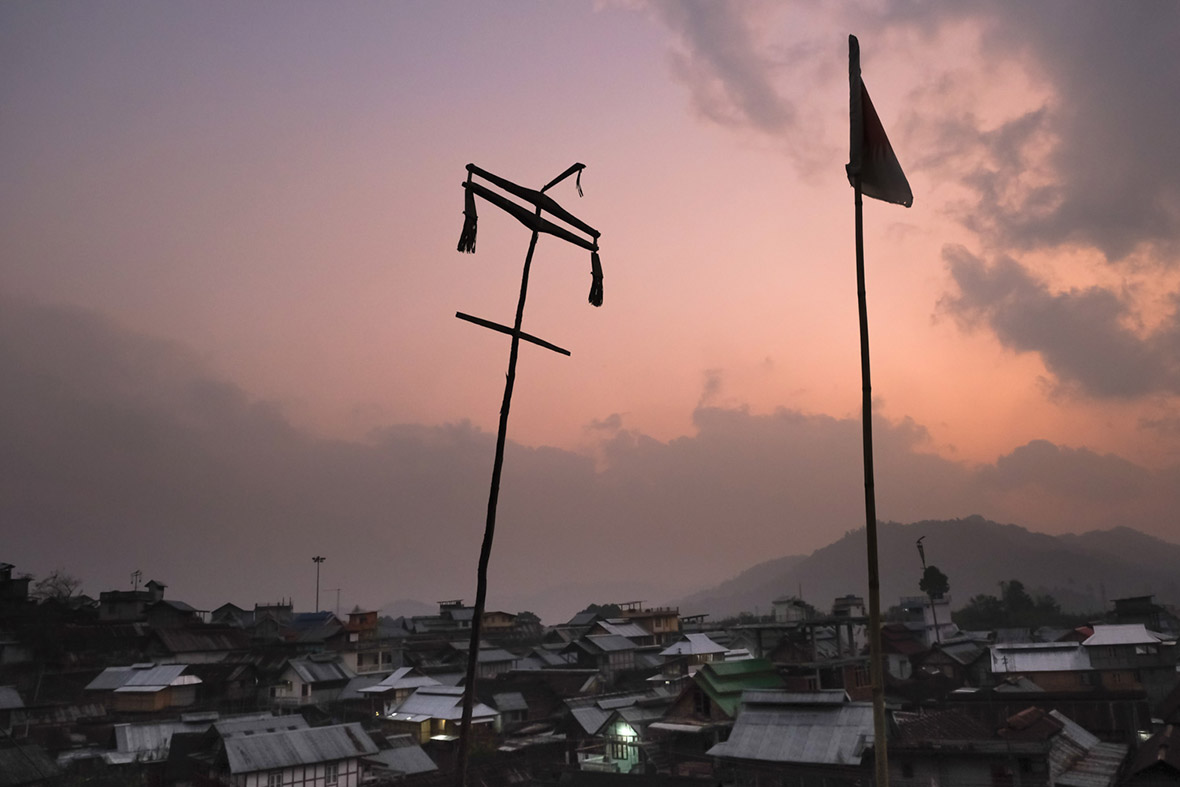
“Before the festival, the skull must be buried at the center of the nago, with thorny branches that represent the local clans stuffed into its orbits,” continues Jengko. During this ritual, the priest performs his prayers outside the nago while the local men walk and dance around it. Women are strictly not allowed. “At last, each skull is exhumed and hung to the pole after the festival,” explains Jengko.
With my head still spinning as I try to wrap my mind around this new but ancient world, Jengko leads us to another house where an old Apatani woman welcomes us to sit around her fireplace. She is making a tea out of shop bought teabags — something deliciously jarring with the surroundings of her old-world bamboo and wooden dwelling.
Fading black lines cross her face. But instead of nose plugs, she carries the scars left by their empty holes.
“Once these last women die, even yaping hullo and tippei will be forever lost,” Jengko says as he pours steaming tea into our cups. I guess I don’t need this last piece of guidance to realize that what I have experienced here in Ziro is out of the ordinary — a world apart.

